Home>Furniture & Design>Bathroom Accessories>Accordion Plunger: How To Use
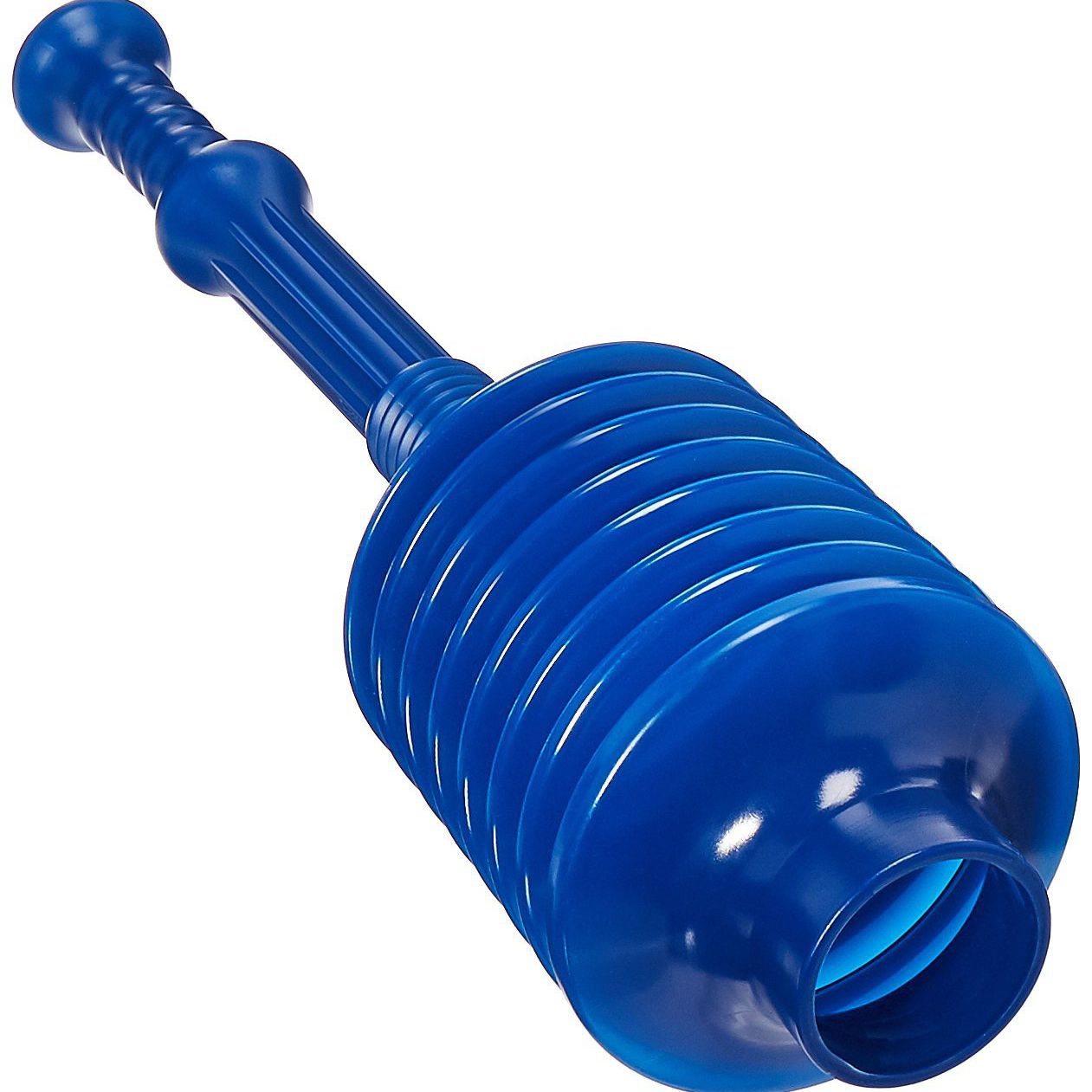

Bathroom Accessories
Accordion Plunger: How To Use
Modified: August 26, 2024
Learn how to use an accordion plunger for your bathroom accessories. Discover the best techniques for effective and easy unclogging.
(Many of the links in this article redirect to a specific reviewed product. Your purchase of these products through affiliate links helps to generate commission for Storables.com, at no extra cost. Learn more)
Introduction
The accordion plunger, also known as the bellows plunger, is a versatile and effective tool designed to tackle stubborn clogs in sinks, bathtubs, and toilets. Its unique accordion-shaped rubber cup creates a powerful seal, allowing for increased pressure and suction to dislodge and remove blockages. Whether you are a seasoned homeowner or a novice DIY enthusiast, understanding how to use an accordion plunger can save you time, money, and the hassle of dealing with a clogged drain.
This article will guide you through the process of using an accordion plunger effectively, providing step-by-step instructions and valuable tips to ensure a successful unclogging experience. By mastering the art of using this essential bathroom accessory, you can confidently address common plumbing issues without the need for professional assistance. Let's delve into the world of accordion plungers and discover the simple yet impactful techniques that can help you maintain a smoothly flowing drainage system in your home.
Key Takeaways:
- Master the accordion plunger to unclog sinks, bathtubs, and toilets effectively. Its unique design and techniques can save time and money on plumbing issues.
- Choose a high-quality accordion plunger, maintain a secure seal, and use hot water for better results. Regular maintenance ensures its longevity and unclogging efficiency.
Read more: How To Use A Bellows Plunger
Understanding the Accordion Plunger
The accordion plunger, also referred to as the bellows plunger, is a fundamental tool for addressing common plumbing issues in the bathroom. It features a distinctive accordion-shaped rubber cup attached to a handle, which sets it apart from traditional cup plungers. This design allows for a more effective seal over the drain opening, enabling increased pressure and suction during the plunging process.
The accordion plunger's unique shape and construction make it particularly well-suited for use on sinks, bathtubs, and toilets. The accordion-style cup can conform to various drain shapes and sizes, ensuring a tight seal that maximizes the force applied during plunging. This versatility makes it an essential accessory for homeowners and DIY enthusiasts seeking a reliable solution for clearing clogs and restoring proper drainage.
Unlike cup plungers, which are primarily designed for flat surfaces, the accordion plunger's flexible rubber cup can adapt to curved and irregular drain openings. This adaptability allows for a more comprehensive and efficient plunging action, making it an ideal choice for addressing a wide range of blockages, including those caused by hair, soap scum, and other common bathroom debris.
Furthermore, the accordion plunger's ergonomic handle provides a comfortable grip, allowing users to apply consistent pressure without straining their hands or wrists. This user-friendly design ensures that individuals of varying strengths and experience levels can effectively utilize the accordion plunger to tackle stubborn clogs with confidence.
In summary, the accordion plunger's innovative design, versatility, and user-friendly features make it an indispensable tool for maintaining a smoothly flowing drainage system in any household. By understanding the unique attributes of the accordion plunger, you can harness its full potential and effectively address clogs in your bathroom fixtures.
Steps to Using the Accordion Plunger
-
Prepare the Area: Before using the accordion plunger, ensure that the surrounding area is clear and accessible. Remove any objects or obstacles near the drain to create a safe and unobstructed workspace. Additionally, consider placing old towels or rags around the base of the fixture to catch any water that may splash during the plunging process.
-
Inspect the Drain: Take a moment to visually inspect the drain for any visible debris or blockages. If there is an accumulation of hair, soap scum, or other materials near the surface, consider removing as much as possible using gloves or a tool such as a drain snake before proceeding with the plunging action.
-
Position the Plunger: Carefully position the accordion plunger over the drain opening, ensuring that the rubber cup forms a tight seal against the surface. For sinks and bathtubs, press the plunger firmly over the drain, while for toilets, gently insert the plunger into the bowl, ensuring a secure seal around the exit point.
-
Apply Pressure: With the accordion plunger in place, begin applying rhythmic pressure by pushing and pulling the handle in a vertical motion. Aim for consistent and controlled movements to create a strong suction force within the drain. The accordion design of the plunger's rubber cup allows for increased pressure and suction, making it easier to dislodge and remove the blockage.
-
Maintain a Steady Pace: As you continue the plunging action, maintain a steady and deliberate pace to sustain the pressure and suction within the drain. Avoid using excessive force, as this can lead to potential damage to the plumbing system. Instead, focus on maintaining a consistent and controlled plunging rhythm to effectively dislodge the clog.
-
Repeat as Needed: If the blockage persists after the initial plunging attempts, repeat the process several times to dislodge the obstruction fully. Be patient and persistent, as some clogs may require multiple plunging sessions to achieve a successful clearance. Additionally, periodically check the drain for signs of improvement, such as the gradual release of water or a reduction in the water level within the fixture.
-
Test the Drain: Once you have completed the plunging process and believe the blockage has been cleared, test the drain by running water or flushing the toilet. Observe the flow and drainage to confirm that the clog has been effectively removed. If the water drains smoothly and without backup, the plunging action has been successful in restoring proper functionality to the fixture.
By following these steps and exercising patience and persistence, you can effectively utilize the accordion plunger to address clogs in sinks, bathtubs, and toilets, restoring optimal drainage and functionality to your bathroom fixtures.
Tips for Effective Use
-
Choose the Right Plunger: When selecting an accordion plunger, opt for a high-quality, durable model with a sturdy handle and a flexible rubber cup. A well-constructed plunger will provide better suction and longevity, ensuring that it remains a reliable tool for addressing future clogs.
-
Maintain a Secure Seal: To maximize the effectiveness of the accordion plunger, ensure that the rubber cup forms a secure seal over the drain opening. This tight seal is essential for creating the necessary pressure and suction to dislodge the blockage. If the seal is compromised, the plunging action may be less effective.
-
Use Petroleum Jelly: Applying a thin layer of petroleum jelly to the rim of the rubber cup can enhance the seal and improve suction. This simple yet effective technique helps create a tighter bond between the plunger and the drain surface, increasing the overall efficiency of the plunging process.
-
Apply Hot Water: Prior to plunging, consider pouring hot water into the fixture to help loosen the clog. The heat can help break down grease and soap residue, making it easier to dislodge the obstruction with the accordion plunger. This preliminary step can enhance the overall effectiveness of the plunging action.
-
Be Mindful of Technique: When using the accordion plunger, focus on maintaining a consistent and controlled plunging rhythm. Avoid erratic or overly forceful movements, as these can diminish the effectiveness of the plunging action. By employing a steady and deliberate technique, you can optimize the pressure and suction within the drain, increasing the likelihood of a successful clearance.
-
Address Stubborn Clogs Early: If you encounter a persistent or recurring clog, address it promptly to prevent the situation from worsening. Delaying the unclogging process can lead to more challenging blockages over time. By promptly utilizing the accordion plunger at the first sign of a clog, you can prevent potential complications and maintain the smooth operation of your drainage system.
-
Regular Maintenance: Incorporate regular maintenance practices to minimize the occurrence of clogs. Implementing preventive measures, such as using drain covers to catch debris and periodically flushing drains with hot water, can reduce the likelihood of blockages. By proactively maintaining your plumbing fixtures, you can mitigate the need for frequent plunging and ensure consistent drainage performance.
By integrating these tips into your approach to using the accordion plunger, you can enhance its effectiveness and streamline the unclogging process. With a combination of proper technique, proactive maintenance, and strategic enhancements, you can confidently address clogs and maintain optimal functionality in your bathroom fixtures.
Maintenance and Care
Proper maintenance and care are essential for preserving the functionality and longevity of your accordion plunger. By incorporating regular upkeep practices and exercising caution during use, you can ensure that the plunger remains a reliable tool for addressing clogs in your bathroom fixtures.
Read more: How To Use A Sink Plunger
Cleaning and Storage
After each use, thoroughly clean the accordion plunger to remove any residual debris and ensure optimal hygiene. Rinse the rubber cup and handle with warm water, and consider using a mild detergent to eliminate any lingering particles. Once cleaned, allow the plunger to air-dry completely before storing it in a dry and well-ventilated area. Avoid storing the plunger in damp or confined spaces, as this can promote the growth of mold and mildew, compromising its effectiveness.
Inspection and Replacement
Periodically inspect the rubber cup of the accordion plunger for signs of wear and tear. Over time, the rubber material may degrade or develop cracks, diminishing the plunger's sealing capabilities. If you notice any damage or deterioration, consider replacing the rubber cup to maintain the plunger's effectiveness. Additionally, check the handle for any signs of damage or weakening, as a sturdy handle is crucial for applying consistent pressure during the plunging process.
Avoid Chemical Exposure
Refrain from exposing the accordion plunger to harsh chemicals or solvents, as these substances can degrade the rubber cup and compromise its functionality. When using drain cleaning products, exercise caution to prevent accidental contact with the plunger. Chemical exposure can weaken the rubber material and reduce the plunger's ability to form a secure seal, diminishing its unclogging performance.
Proper Handling
Handle the accordion plunger with care to prevent accidental damage. Avoid dropping or mishandling the plunger, as this can lead to structural integrity issues and affect its overall performance. When not in use, store the plunger in an upright position to maintain the shape and integrity of the rubber cup, ensuring that it retains its sealing capabilities over time.
Read more: How To Use Plunger On Toilet
Regular Maintenance Practices
Incorporate the accordion plunger into your regular maintenance routine to address minor clogs promptly. By proactively utilizing the plunger at the first sign of a blockage, you can prevent the accumulation of debris and minimize the risk of more severe clogs. Additionally, consider implementing preventive measures, such as using drain covers to trap hair and debris, reducing the frequency of clogs and the need for extensive plunging.
By adhering to these maintenance and care guidelines, you can prolong the lifespan of your accordion plunger and maintain its effectiveness in addressing clogs in your bathroom fixtures. With proper cleaning, inspection, and handling, the accordion plunger can continue to serve as a valuable tool for maintaining optimal drainage performance in your home.
Conclusion
In conclusion, mastering the art of using an accordion plunger is a valuable skill that empowers homeowners to address common plumbing issues with confidence and efficiency. By understanding the unique design and functionality of the accordion plunger, individuals can effectively tackle stubborn clogs in sinks, bathtubs, and toilets, restoring optimal drainage and functionality to their bathroom fixtures.
The accordion plunger's innovative accordion-shaped rubber cup, ergonomic handle, and versatile application make it an indispensable tool for maintaining a smoothly flowing drainage system in any household. Its ability to conform to various drain shapes and sizes, create a powerful seal, and apply increased pressure and suction sets it apart as a reliable solution for clearing blockages caused by hair, soap scum, and other common bathroom debris.
The step-by-step guide to using the accordion plunger provides a clear roadmap for approaching clogs in a methodical and effective manner. From preparing the area and positioning the plunger to applying rhythmic pressure and testing the drain, each step is designed to maximize the plunger's unclogging potential and ensure a successful clearance.
Furthermore, the tips for effective use offer valuable insights into enhancing the plunger's performance, from choosing the right plunger and maintaining a secure seal to employing strategic techniques such as using petroleum jelly and hot water. These tips empower users to optimize their plunging experience and streamline the unclogging process.
The maintenance and care guidelines underscore the importance of proper upkeep to preserve the functionality and longevity of the accordion plunger. By incorporating regular cleaning, inspection, and storage practices, individuals can ensure that their plunger remains a reliable and effective tool for addressing clogs in the long run.
In essence, the accordion plunger represents a practical and accessible solution for maintaining a smoothly flowing drainage system in any home. By equipping oneself with the knowledge and techniques outlined in this guide, individuals can confidently navigate the process of unclogging sinks, bathtubs, and toilets, minimizing the need for professional assistance and promoting self-sufficiency in home maintenance.
Ultimately, the accordion plunger stands as a testament to the effectiveness of simple yet innovative tools in addressing everyday challenges. With its user-friendly design and impactful unclogging capabilities, the accordion plunger remains an essential companion for homeowners seeking to uphold the functionality and efficiency of their bathroom fixtures.
Frequently Asked Questions about Accordion Plunger: How To Use
1. Ensure a tight seal over the drain opening.
2. Use a gentle, yet firm, plunging motion to avoid splashing.
3. If the clog is stubborn, try applying a lubricant or using a plumbing snake before plunging.
Was this page helpful?
At Storables.com, we guarantee accurate and reliable information. Our content, validated by Expert Board Contributors, is crafted following stringent Editorial Policies. We're committed to providing you with well-researched, expert-backed insights for all your informational needs.
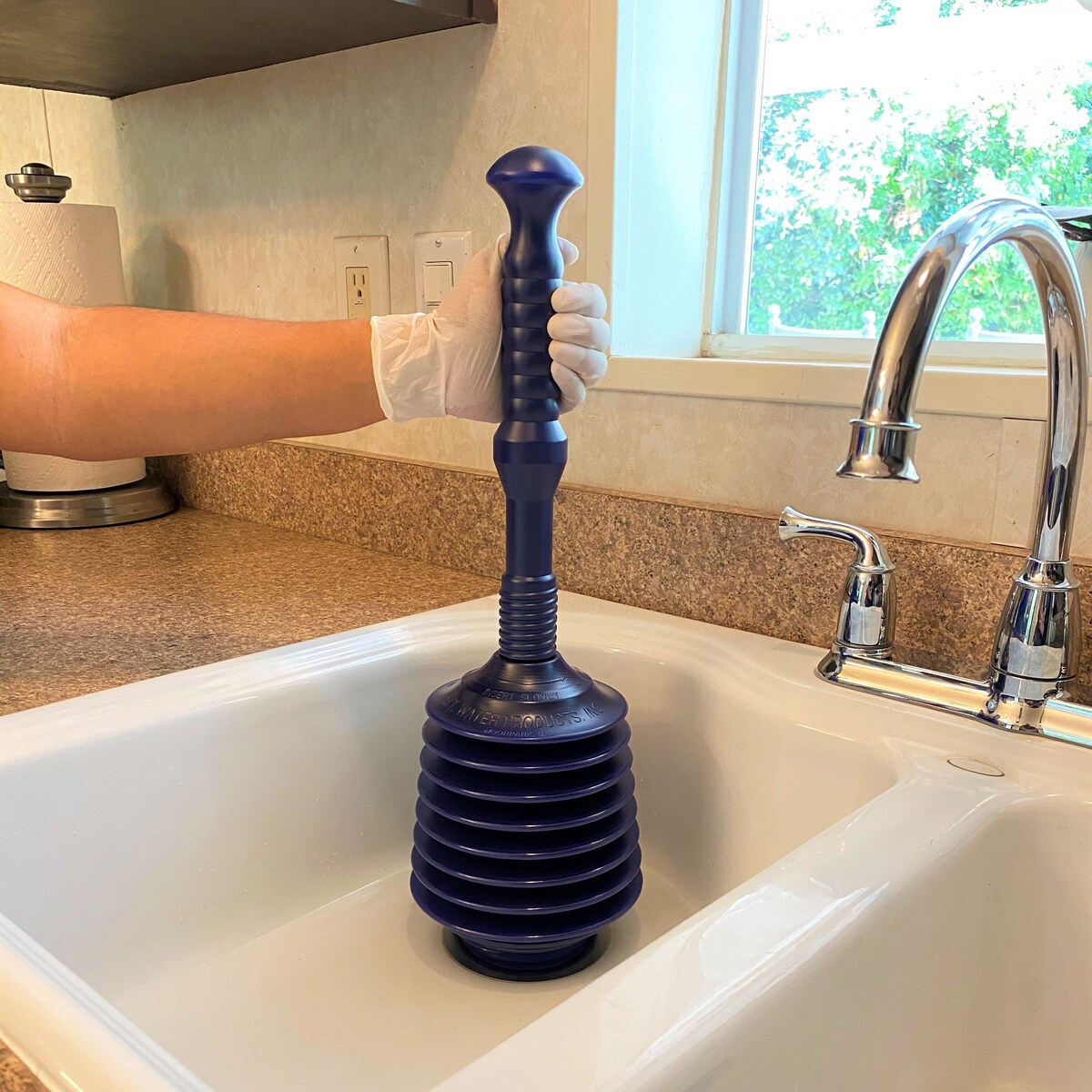
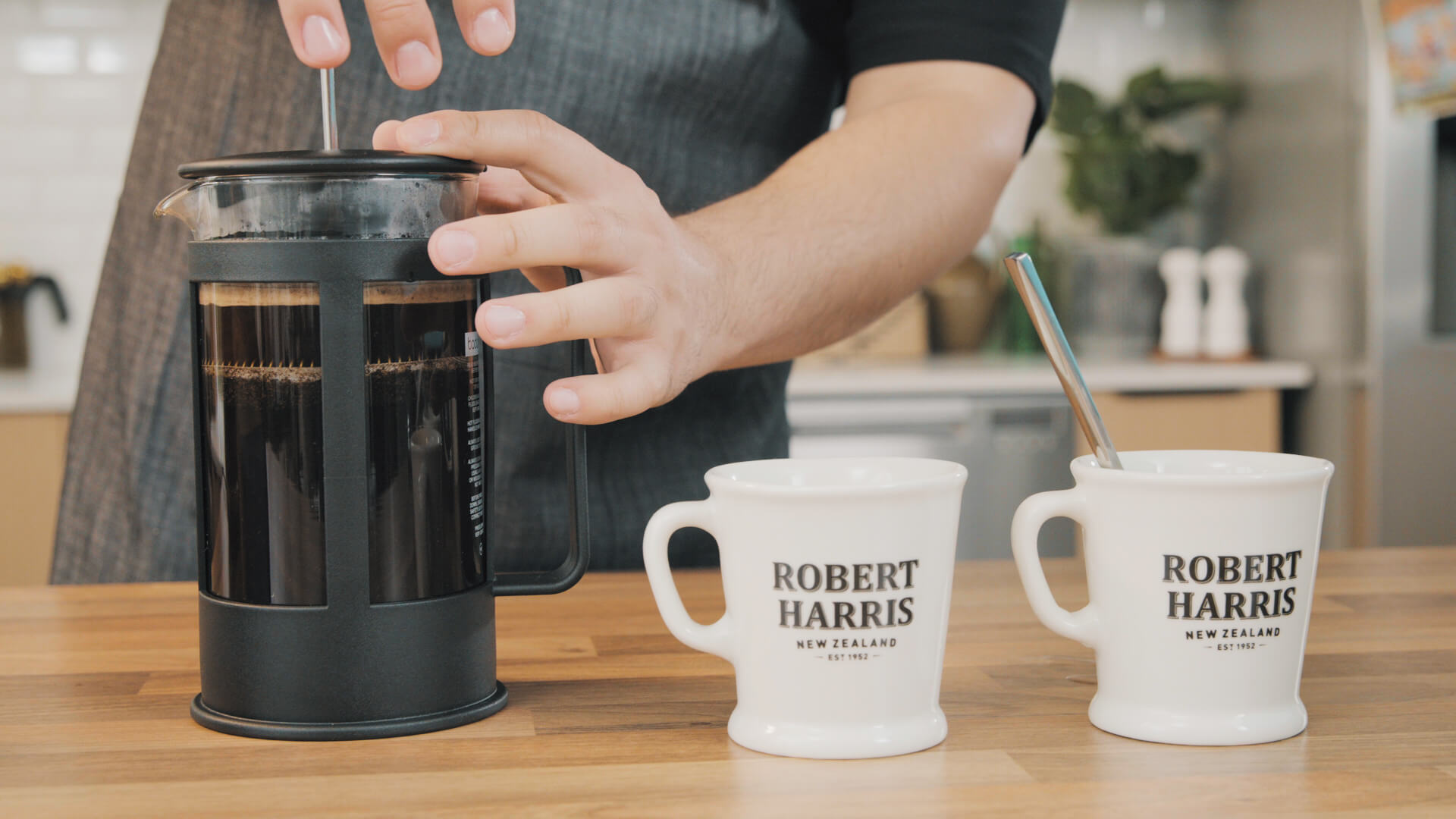
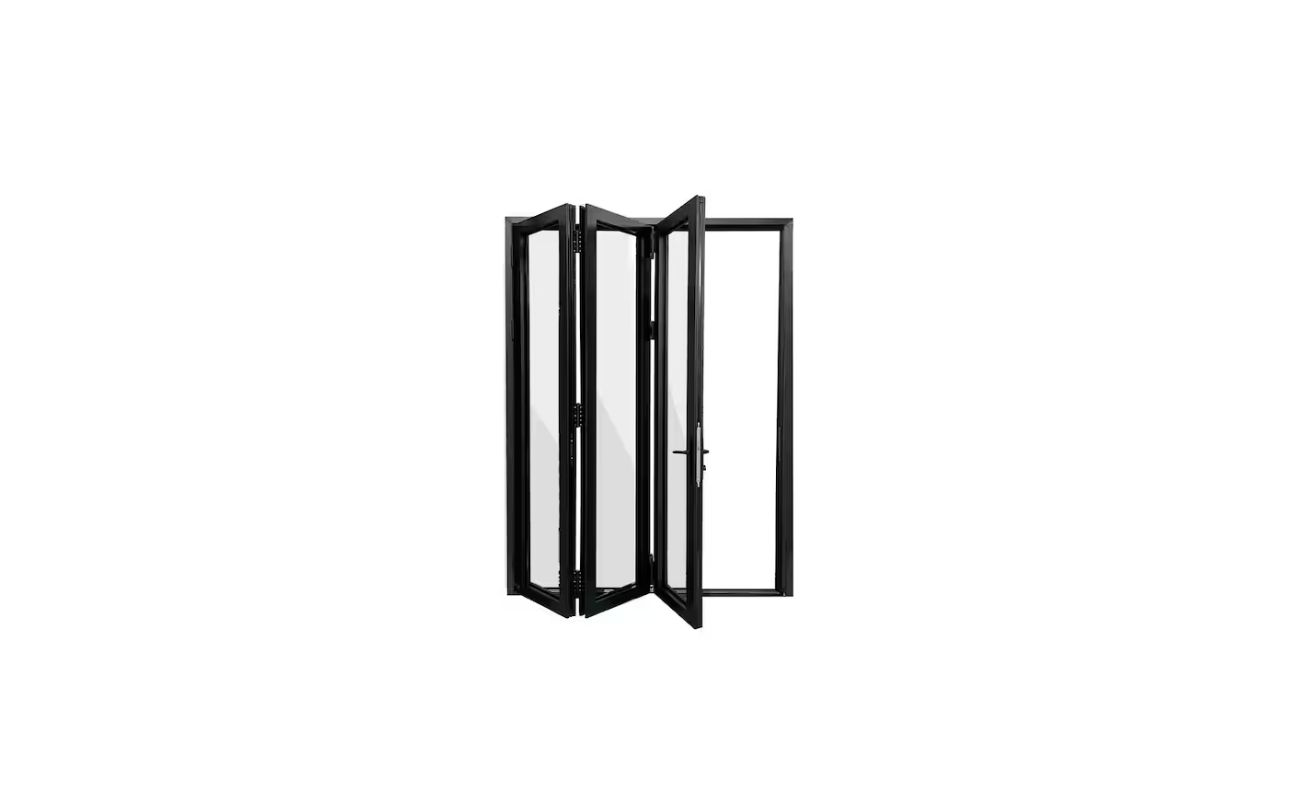
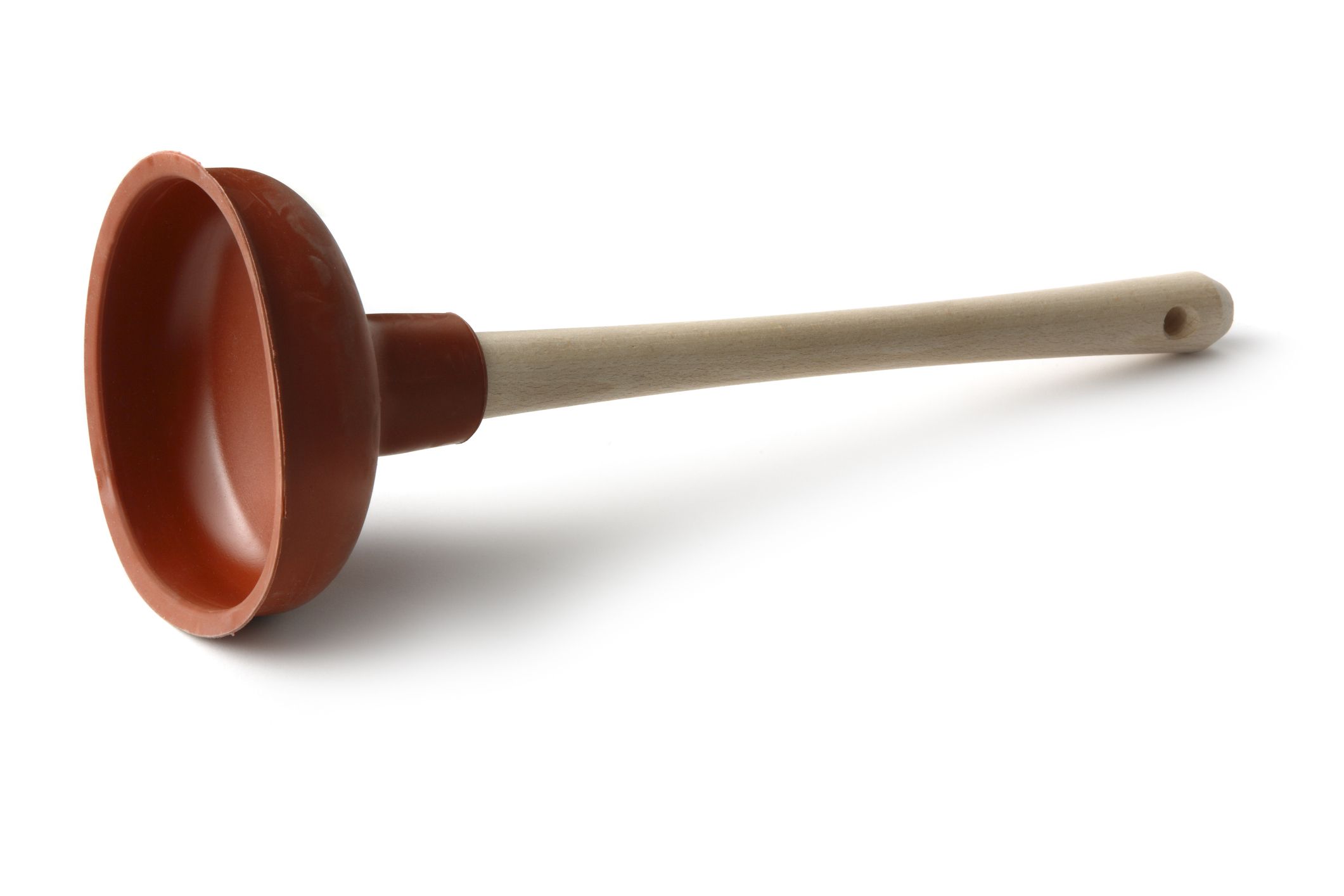
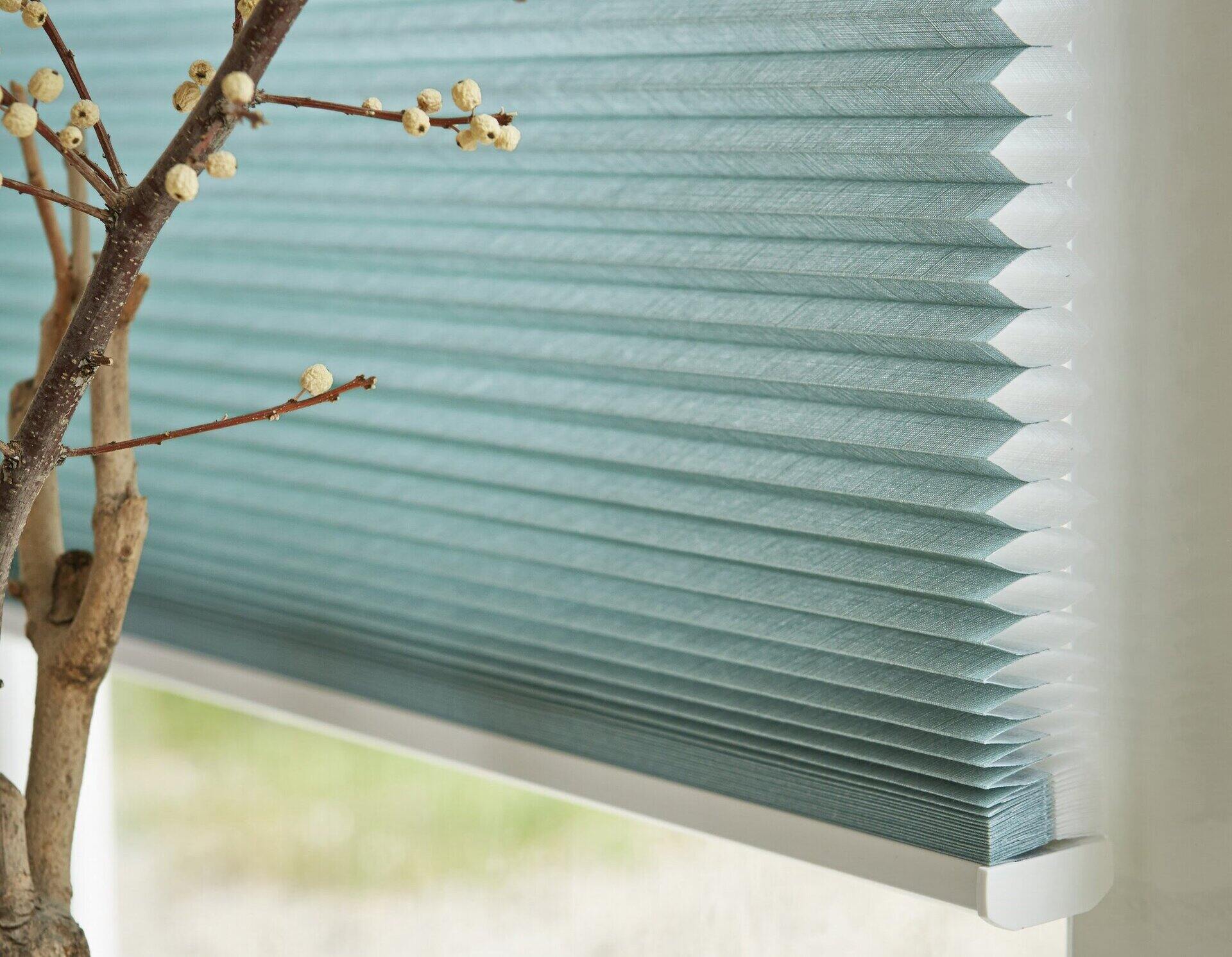
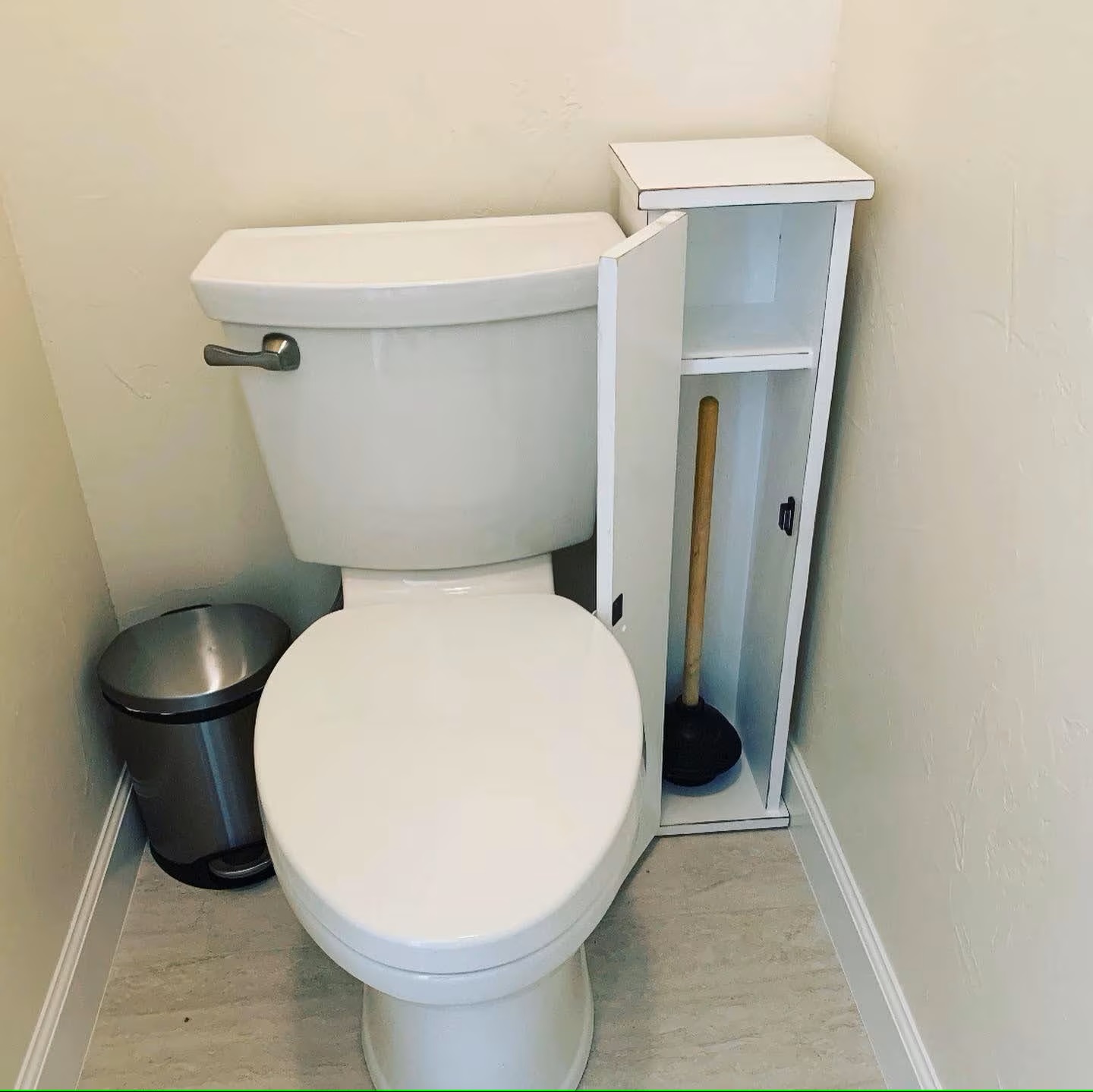
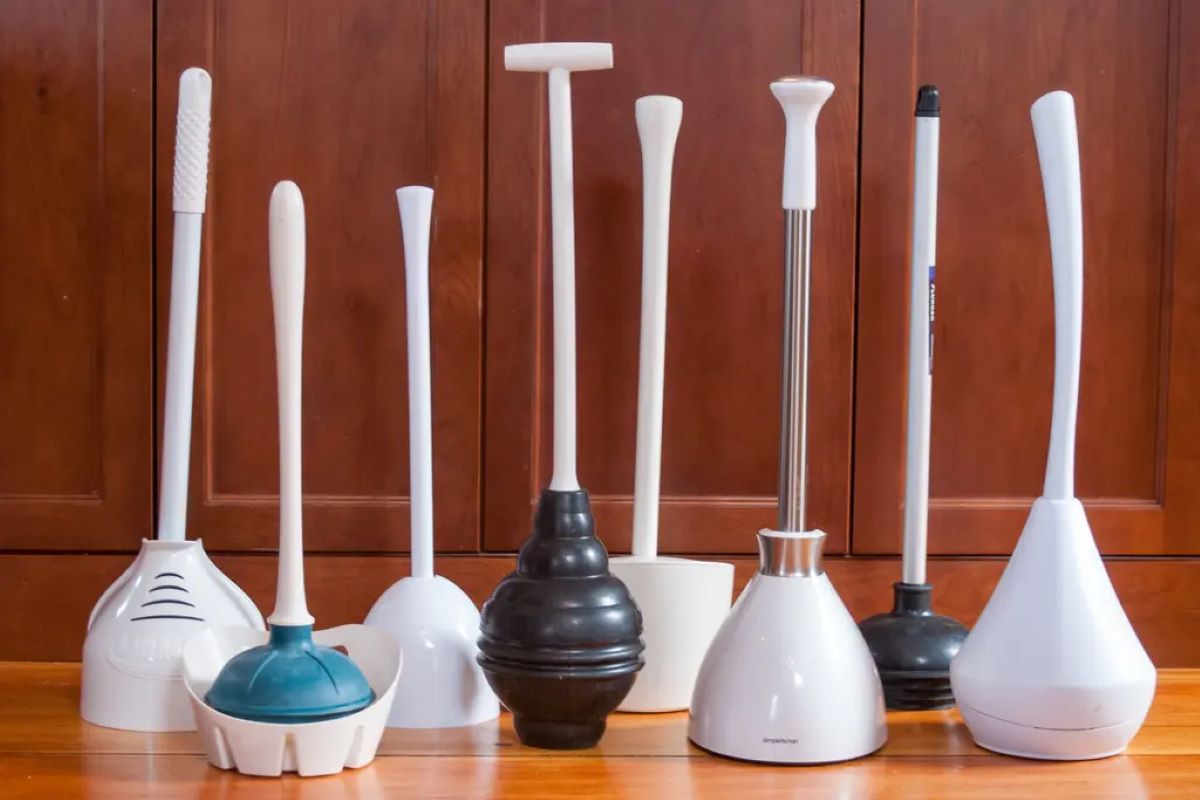
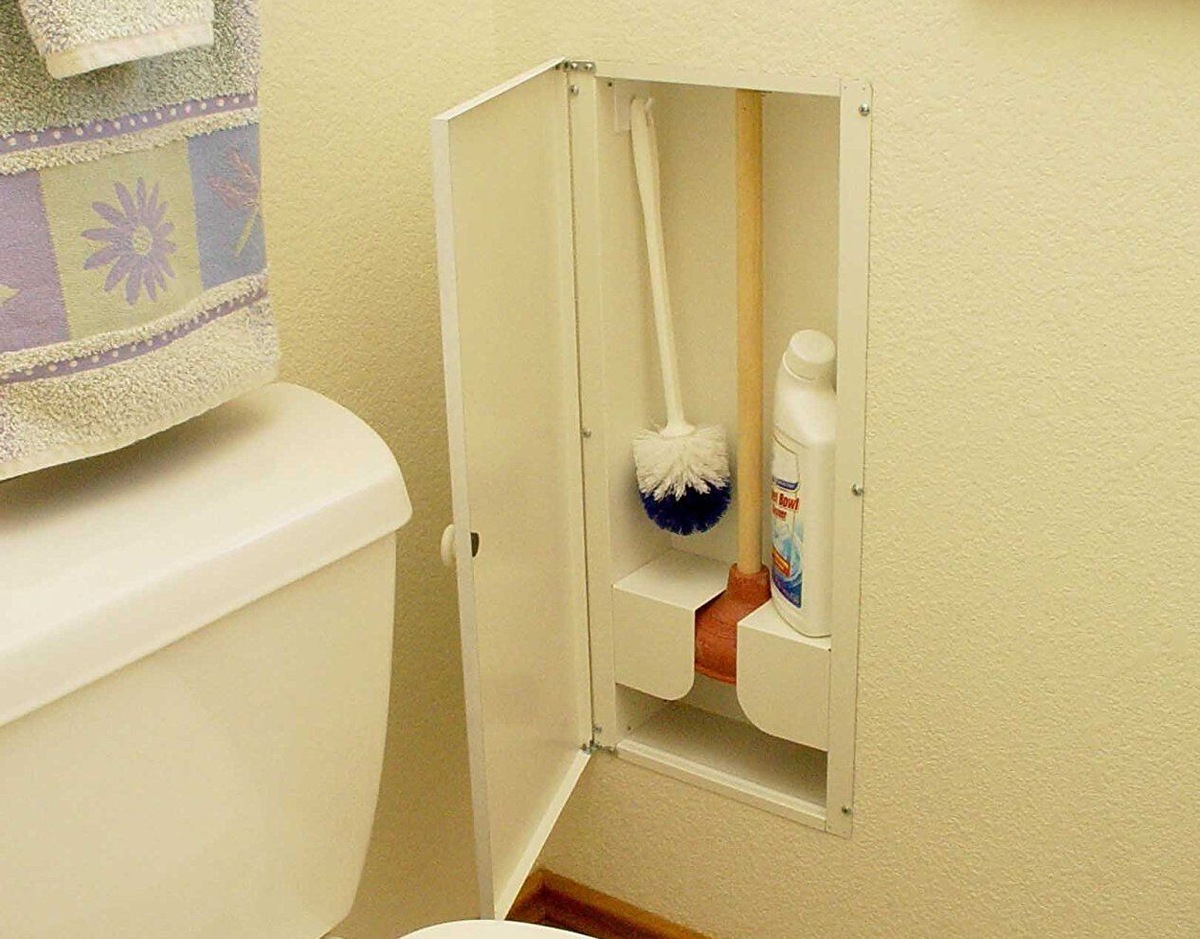
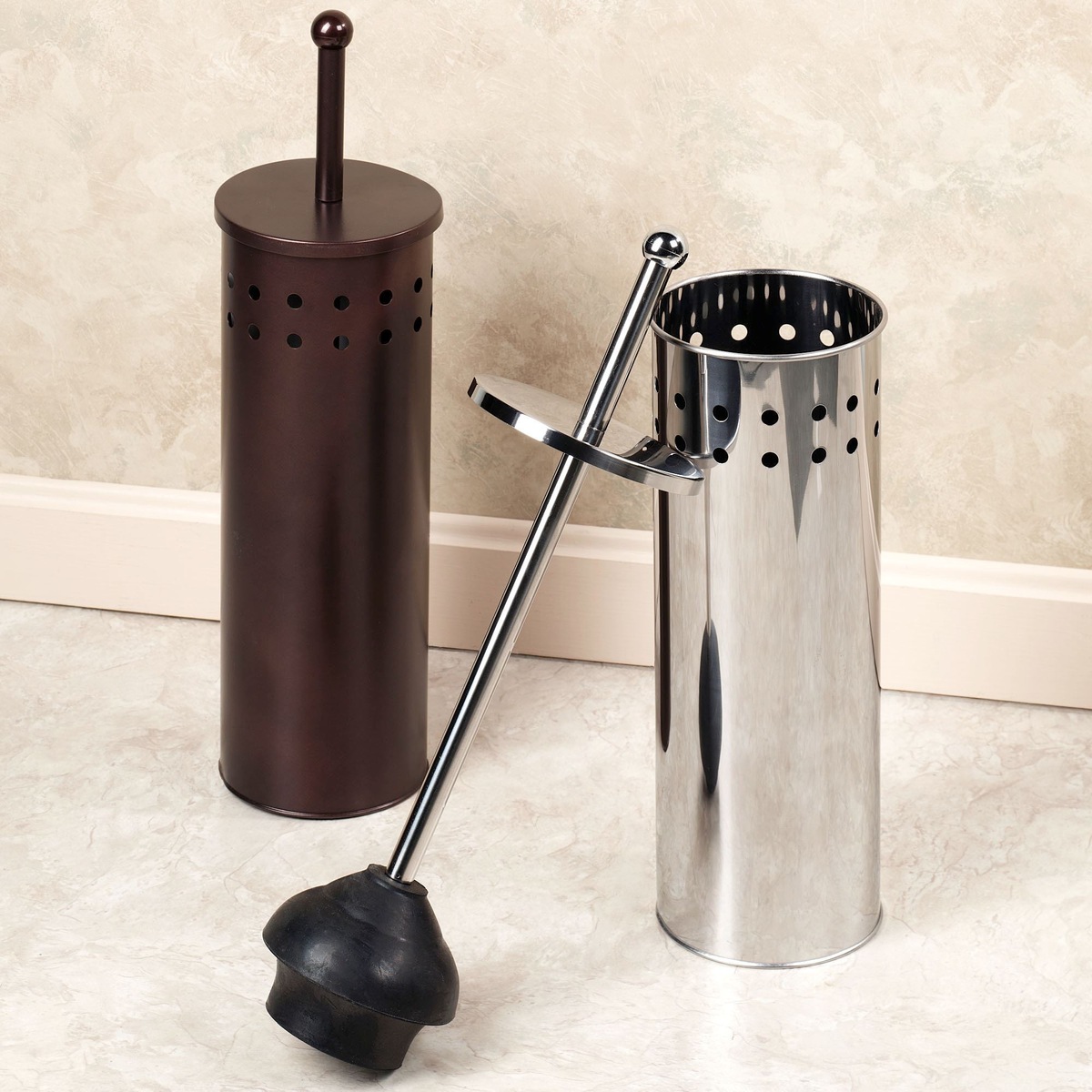
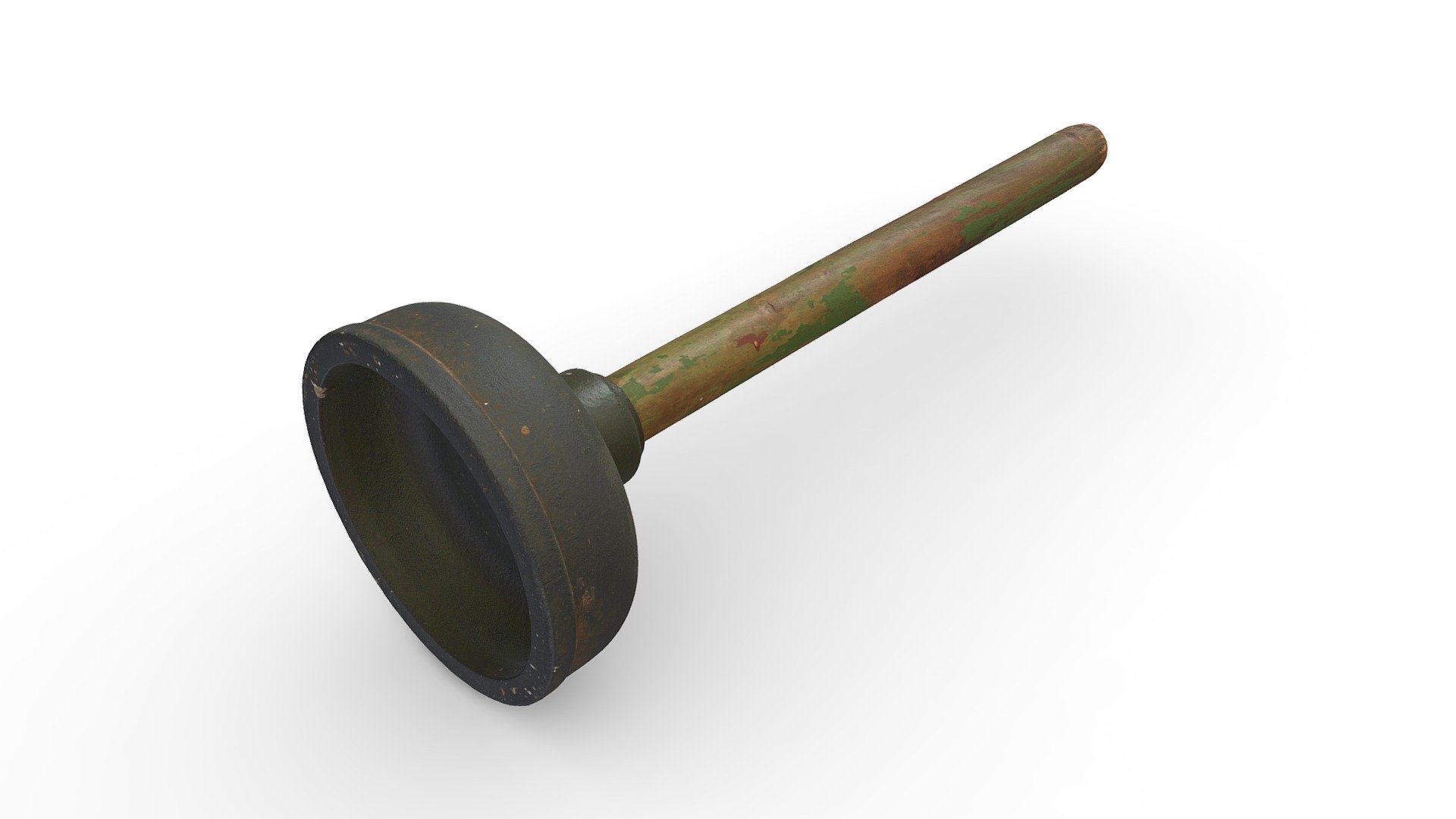
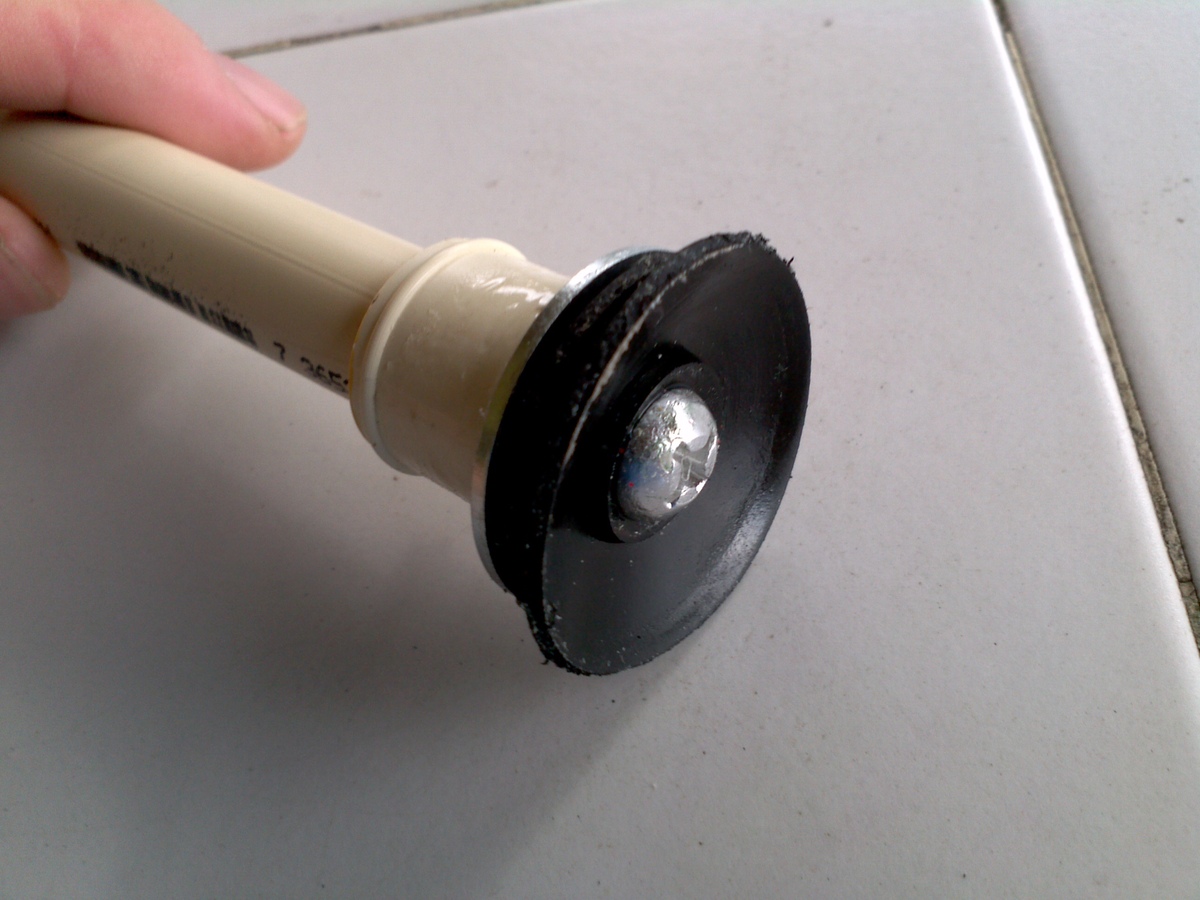
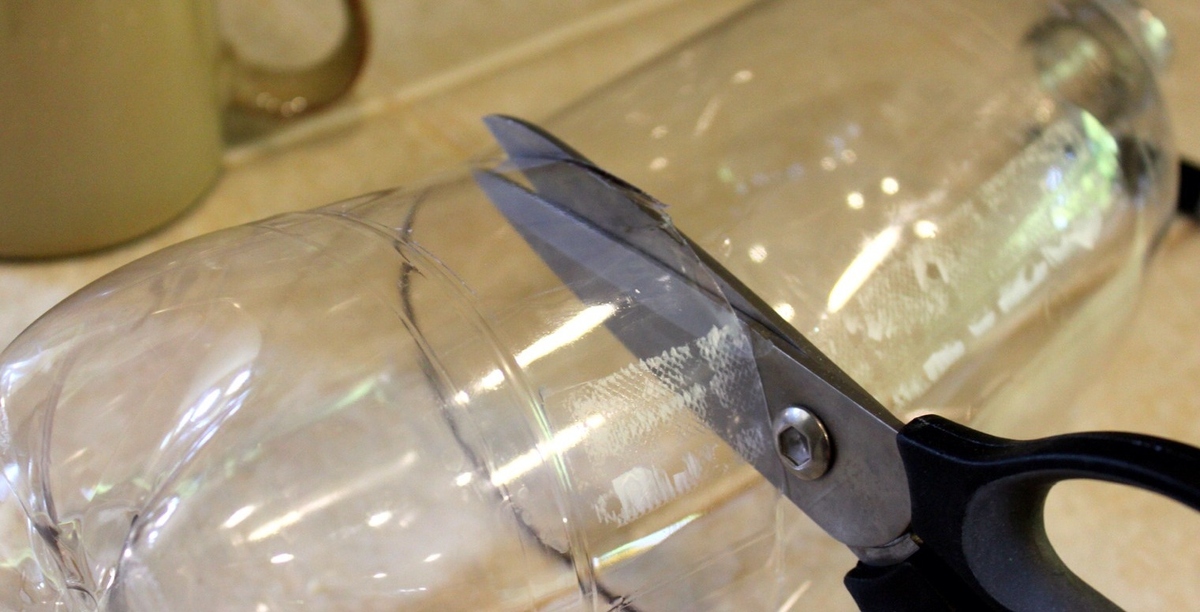
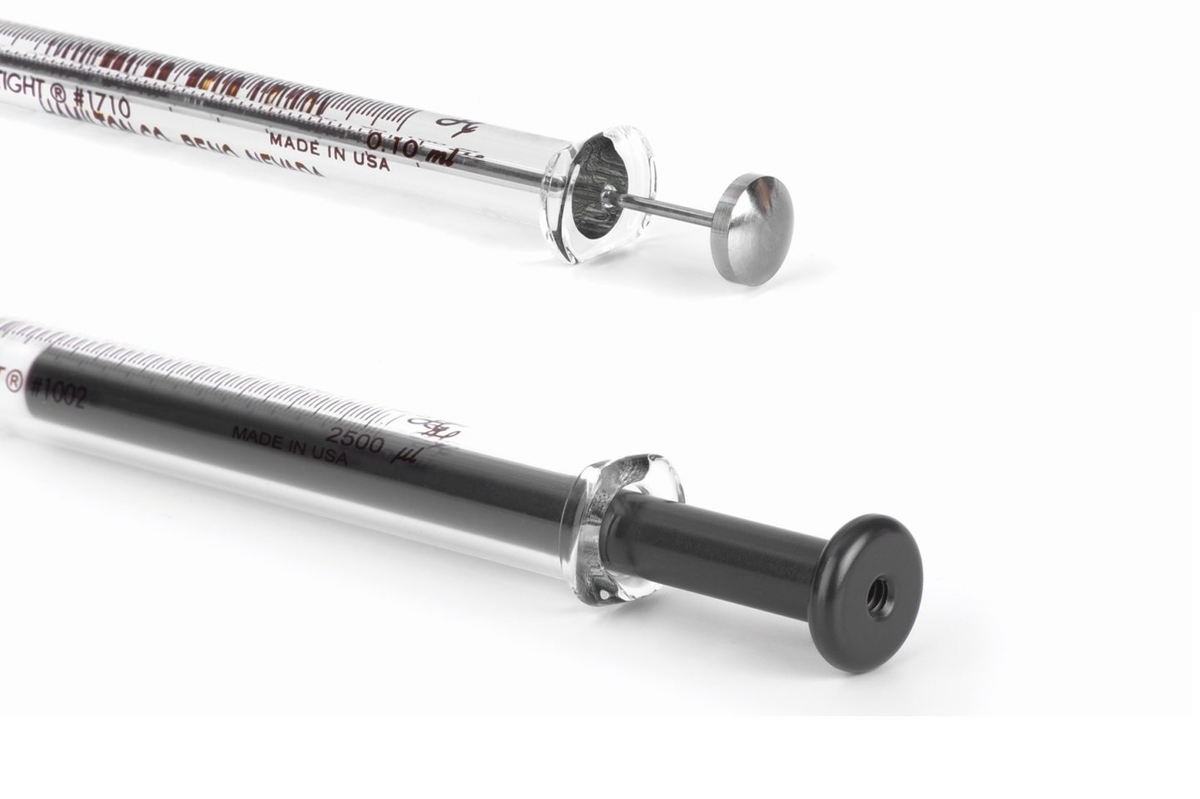

0 thoughts on “Accordion Plunger: How To Use”